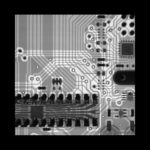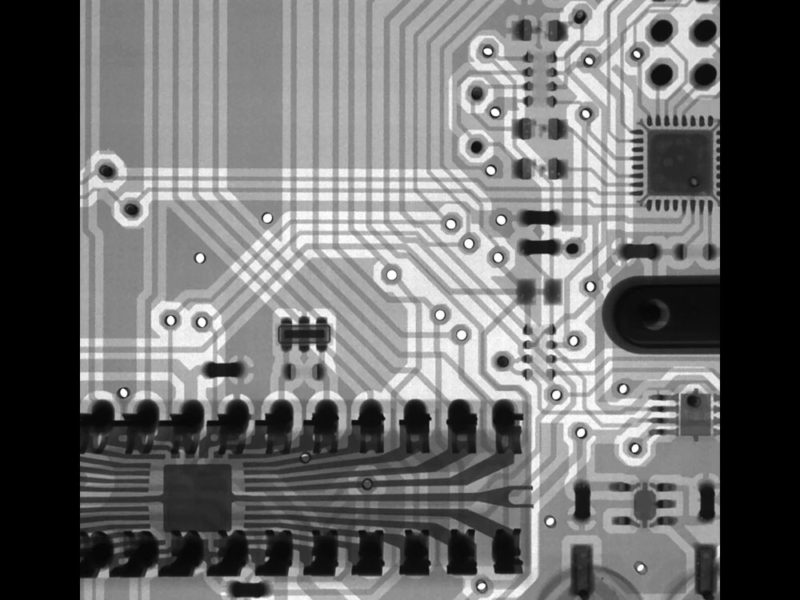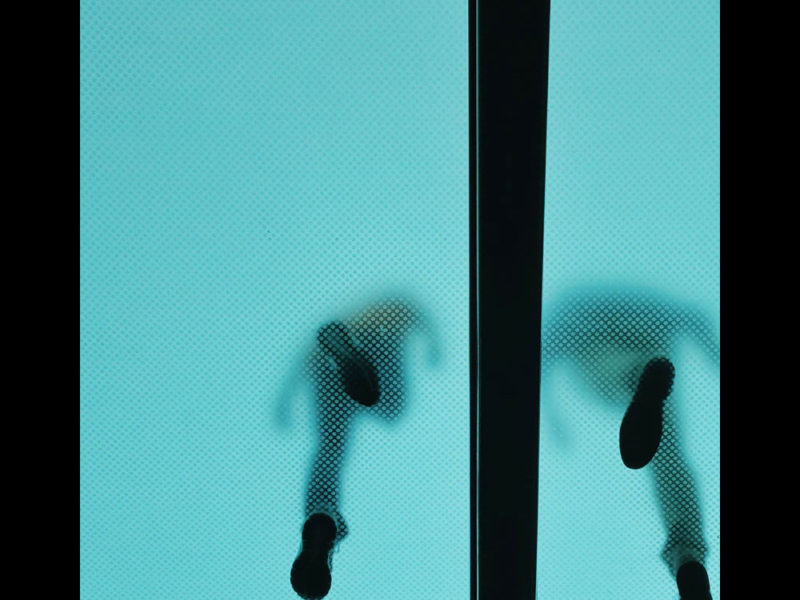
Decision Making and the Process of Design
As architects and designers we are expected to be many things at once, creative visionaries, technical engineers, artists, politicians, psychologists, scientists, friends, confidants, supervisors, advisors, while at the same time trying to achieve our own personal agendas for growth, self-achievement, development, stability, love, satisfaction.
The daily life of a designer is a series of decision-making moments, these vary in type, size, and complexity but we find ourselves continuously looking through a problem and trying to solve it by making decisions that we believe will get us to the desired outcome.
However, decision making can be extremely difficult taking into consideration all the roles that an architect is expected to take during a typical day, and some of these roles may conflict leaving the architect hesitant to make a decision and move forward, and this can be detrimental to the achievement of the project and the deliverables and may hinder all the growth and achievement that the designer is trying to achieve.
Therefore, it is important that each and every one of Uraiqat Architect’s team feels empowered to make a decision while on the job in order to achieve fast and efficient results at the same time achieve the project goals.
So here I would like to discuss the mechanism in which we use decision making and how are able to exercise it with confidence.
Just like an image is a balance between factors of light, color, intensity, exposure, … etc., decision making is a balance between intuition and reasoning, emotional attachment and detachment, personal interest and disinterest, and the amount of information or data available.
Intuition is built on our previous experience and values, while reasoning is based on concrete facts and information and logical thinking. Too much intuition and little reasoning will lead us to make biased decisions that may not take all factors into consideration, whereas too little intuition and too much reasoning may result in decisions that are void of values and may not align with the higher principles of the organization.
Emotional attachment is also important, too much of it will cause biased and unreasonable decisions that may be reactive or based on specific situations, and too little of it will make us lose empathy and may result in the harm of others.
Personal interest and gain is a crucial factor as well. While we prioritize the benefit of the project and the company as a whole, without a good amount of personal interest in the formula we may lose the passion and the deep need to make things work for our own sense of pride. Too little of it will also make us fail to take into consideration factors that may cause harm to others but not to us.
A very important factor also is the amount of information and data that we have on the situation. Too little will not give us the confidence to know that we are making the right decision, and too much may become confusing and difficult to understand in a single network. Therefore, it is important to know what information we need and what we don’t, and how we can gather, sort, and filter this information for the decision-making process.
In order for each one of us to feel empowered to make these decisions and practice this gradient confidently, we need to make sure that we are in a position to take these decisions and impact the work. For that the following questions need to be asked:
- What is my role in this? What are the activities I do?
- What purpose am I trying to achieve by this?
- Who and what will my decision affect?
- Do I possess the technical knowledge and experience? Do I fully understand the problem?
A “yes” to all the above means that we should make the decision and accept accountability for it. Accepting accountability means that for every decision made we need to evaluate the result of that decision and be fully transparent with ourselves and others around us about that result. This entails taking credit for a good decision, and responsibility for the erred one.
In all cases, there are four basic principles that we abide by to ensure that our actions are in the best benefit of the project and that we are accountable for them.
The Four Basic Principles:
- When a mistake is discovered we take immediate action to correct
- Exercise reasonable skill and care at all time during our work
- Act in good faith without any malice or desire to deceive
- Judge to the best of our knowledge and make extensive effort to understand any situation before taking action
We build on a good decision with a positive outcome and transfer that experience to others. We reflect on why it worked and try to apply it to other aspects of the work while still improving on it. And while we like to say that we often make good decisions, it is inevitable that we may take the wrong one sometimes.
When that happens we immediately take action to correct, while still sharing that experience with others to avoid similar situations in the future. This builds the trust of our clients and those we work with and enables us to take responsibility and pride in our work.






